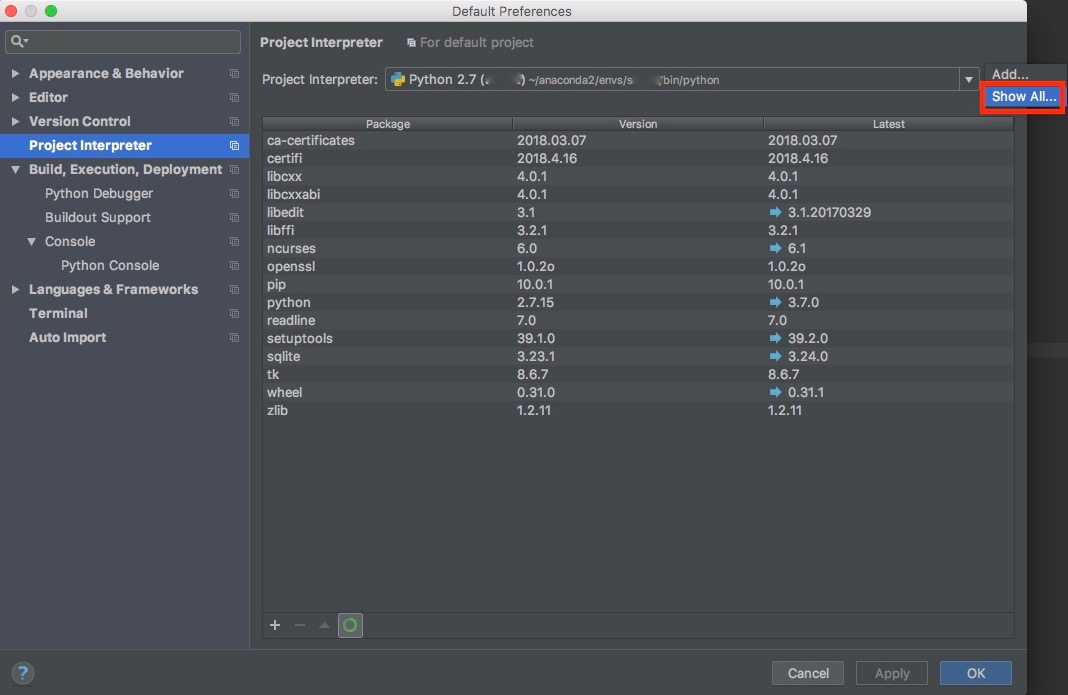How to install external libraries in Python?
How to install external libraries in Python?

I'm happy to help you with that!
Installing external libraries, also known as packages or modules, is an essential part of the programming process in Python. These libraries are pre-written pieces of code that perform specific tasks, and they can save you a tremendous amount of time by providing functionality that would otherwise require extensive coding.
There are several ways to install external libraries in Python, but the most common method is using pip, which is the package installer for Python. Here's how to do it:

Method 1: Using pip
Open your terminal or command prompt. Typepip install <library_name> and press Enter.

Replace <library_name> with the actual name of the library you want to install. For example, if you want to install the popular NumPy library, you would type pip install numpy.

Here are some examples:
Install the requests library:pip install requests Install the pandas library: pip install pandas Install the matplotlib library: pip install matplotlib
Method 2: Using conda (for Anaconda users)
Open your terminal or command prompt. Typeconda install -c conda-forge <library_name> and press Enter.
Again, replace <library_name> with the actual name of the library you want to install.
Here are some examples:
Install the requests library:conda install -c conda-forge requests Install the pandas library: conda install -c conda-forge pandas Install the matplotlib library: conda install -c conda-forge matplotlib
Method 3: Using pip with a requirements file
If you have multiple libraries to install, or if you want to automate the process for a project, you can create a requirements file using the following syntax:
# my_requirements.txt
library1
library2
library3
Then, you can install all the libraries at once by typing pip install -r my_requirements.txt in your terminal or command prompt.
Tips and Tricks
Always check if the library is compatible with your Python version before installing. You can list available packages usingpip list, and you can search for packages using pip search. If you're having trouble installing a library, try updating pip first by running pip install --upgrade pip. Some libraries may require additional dependencies or setup steps, so be sure to read the installation instructions carefully.
In summary, installing external libraries in Python is a straightforward process that can be done using pip, conda (for Anaconda users), or a requirements file. By following these methods and tips, you'll be able to quickly and easily add powerful functionality to your Python projects!
how to install module in python

Installing a module in Python is a straightforward process that can be done using pip, the package installer for Python.
Here's a step-by-step guide on how to install a module in Python:
Step 1: Open a terminal or command prompt
To install a module, you'll need to open a terminal or command prompt. This will allow you to interact with your computer's operating system and run commands.

Step 2: Check if the module is already installed
Before you start installing a new module, it's a good idea to check if it's already installed on your system. To do this, you can use pip to list all the modules that are currently installed:
pip list
This command will output a list of all the modules that are currently installed on your system.
Step 3: Install the module using pip
Once you've determined that the module isn't already installed, you can install it using pip. The basic syntax for installing a module is as follows:
pip install
For example, if you want to install the popular NumPy library, you would run the following command:
pip install numpy
This will download and install the NumPy library on your system.
Step 4: Verify that the module has been installed
Once you've installed a module, it's a good idea to verify that it has been installed correctly. You can do this by opening Python in a terminal or command prompt:
python
And then import the module:
import
For example, if you installed NumPy, you would run the following code:
import numpy as np
print(np.version)
This will output the version of NumPy that you have installed.
Step 5: Use the module in your Python code
Now that you've installed and verified that the module is working correctly, you can use it in your own Python code. For example, if you want to perform some numerical computations using NumPy, you would run the following code:
import numpy as np
Create a sample array
arr = np.array([1, 2, 3, 4, 5])
print("The mean of the array is:", np.mean(arr))
This will output the mean of the sample array.
In summary, installing a module in Python involves checking if it's already installed, installing it using pip, verifying that it has been installed correctly, and then using it in your own Python code.





























